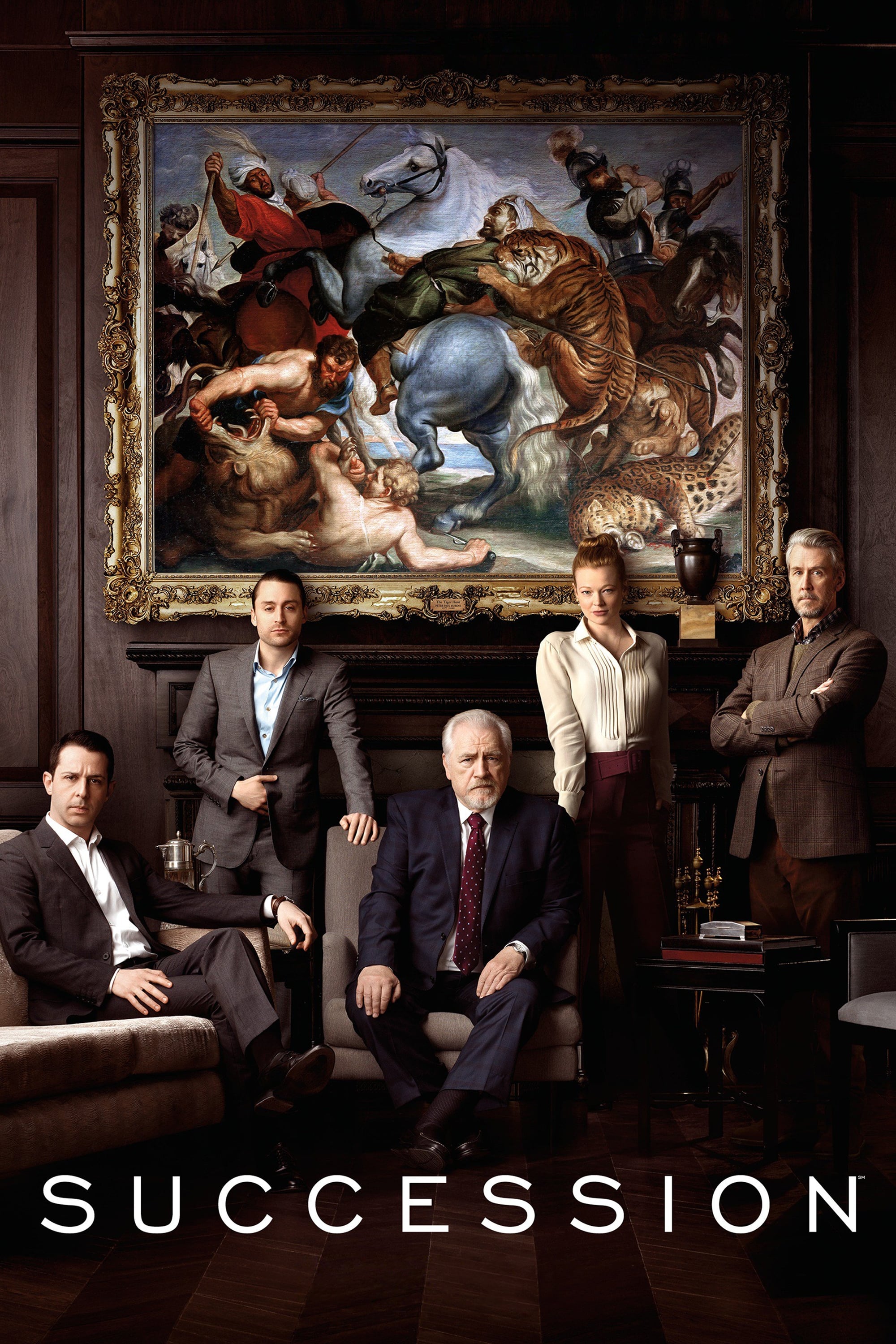
Itzhak Perlman plays Saint-Saens, Chausson & Ravel – Orchestre de Paris, Jean Martinon (2015)
FLAC (tracks) 24 bit/96kHz | Time – 00:46:08 minutes | 836 MB | Genre: Classical
Studio Masters, Official Digital Download – Source: Q0buz | Digital Booklet | © Warner Classics
Recorded: Salle Wagram, Paris, 4 & 5 July 1974
Over the years, Itzhak Perlman has regularly enriched his recorded catalogue with works by French composers. As early as 1968, he set down his first versions of Lalo’s Symphonie espagnole and Ravel’s Tzigane (for RCA), as well as of Franck’s Sonata (for Decca). He later revisited the Symphonie espagnole, this time coupling it with Berlioz’s Rêverie et Caprice (DG, 1980). Next came Chausson’s Concert (1982, CBS), Saint-Saëns’s Third Concerto (DG, 1983) and, a few years later, Debussy’s Sonata and Ravel’s Trio (1994, Decca). In 1974, under the baton of Jean Martinon, he recorded four concertante works inspired by “exotic” music, but reclothed in westernised garb. Combining the concertante genre with the theme of foreign travel became very fashionable in France back in 1834, the year in which Berlioz’s Harold en Italie received its premiere. It appeared to be a recipe for success and other composers, such as Lalo, D’Indy, Chabrier, Saint-Saëns, Debussy and Ravel were to try their hand at it. Certain (non-French) musicologists have noted, slightly tongue-incheek, that French composers showed a particular talent for conjuring the musical atmosphere of places they had never actually visited… The works on this album would appear to back up that claim.
Camille Saint-Saëns, himself a virtuoso pianist, drew on the expertise of his friend Pablo de Sarasate when he was writing the violin part of his Introduction et Rondo capriccioso. He was undoubtedly inspired by the characteristically Spanish performance style of his favourite soloist (and the dedicatee of this work). Full of spontaneity and bursts of invention, the work is cast in two contrasting sections, showcasing first the violin’s melancholic voice and then its full exuberant, virtuosic potential. Written twenty-four years later, in 1887, the Havanaise is based on the rhythm of the habanera, a dance of Cuban origins that enjoyed long-lasting popularity in Europe. It was first performed by Rafael Díaz Albertini in Paris and was an immediate success, thanks to its atmosphere of underlying sensuality, interrupted at intervals by episodes of greater fire and flamboyance.
Maurice Ravel, meanwhile, immersed himself in the native folk music of his dedicatee when he wrote Tzigane in 1924 for the Hungarian violinist Jelly d’Arányi (1893–1966), great-niece of Joseph Joachim. Hélène Jourdan-Morhange (1888–1961), French violinist, friend of the composer and herself the dedicatee of his Sonata for violin and piano, recalled that Ravel had sent her a telegram while he was composing Tzigane, begging her to come to his home at Montfort-l’Amaury with her violin and Paganini’s Twenty-four Caprices: “he wanted to hear all of them so that he would know everything there was to know about a violin given free rein. He took great pleasure in the hardest sections, making me try different effects with tiny, devilish improvements. That’s how, with Tzigane, he became the undisputed champion in the Ravel–Paganini fight.” Like Paganini before him, Ravel here includes multiple technical and harmonic effects, glissandi, double-stopping and pizzicati, to create a work of truly diabolical virtuosity. Its orchestral version was to be his only concertante work for the violin.
Sadly, the small number of pieces recorded by Eugène Ysaÿe in 1912 does not include Chausson’s Poème, of which he was the dedicatee. George Enescu was the first to record the piece, in a version with piano accompaniment (1929), and it was his pupil, a very young Yehudi Menuhin, who made the first recording with orchestra, under the baton of Enescu, in 1933. The work is conceived as a kind of symphonic poem and, with its beguiling, intense lyricism, eschews overt virtuosity, opting instead for a dramatic narrative that has moments of both sombreness and exaltation, and from which there emanates a profoundly human sense of poetry. Itzhak Perlman has recorded each of the four works featured here at least twice (Tzigane three times), proof of his deep affection for this particularly appealing repertoire — one to which his performances do full justice. –Jean-Michel Molkhou
Tracklist:
Camille Saint-Saëns (1835–1921)
1 Introduction & Rondo capriccioso, Op.28 9.21
Ernest Chausson (1855–1899)
2 Poème, Op.25 16.38
Camille Saint-Saëns (1835–1921)
3 Havanaise, Op.83 10.16
Maurice Ravel (1875–1937)
4 Tzigane (Rapsodie de concert) 9.54
Personnel:
Itzhak Perlman, violin
Orchestre de Paris
Jean Martinon, conductor
Download:























